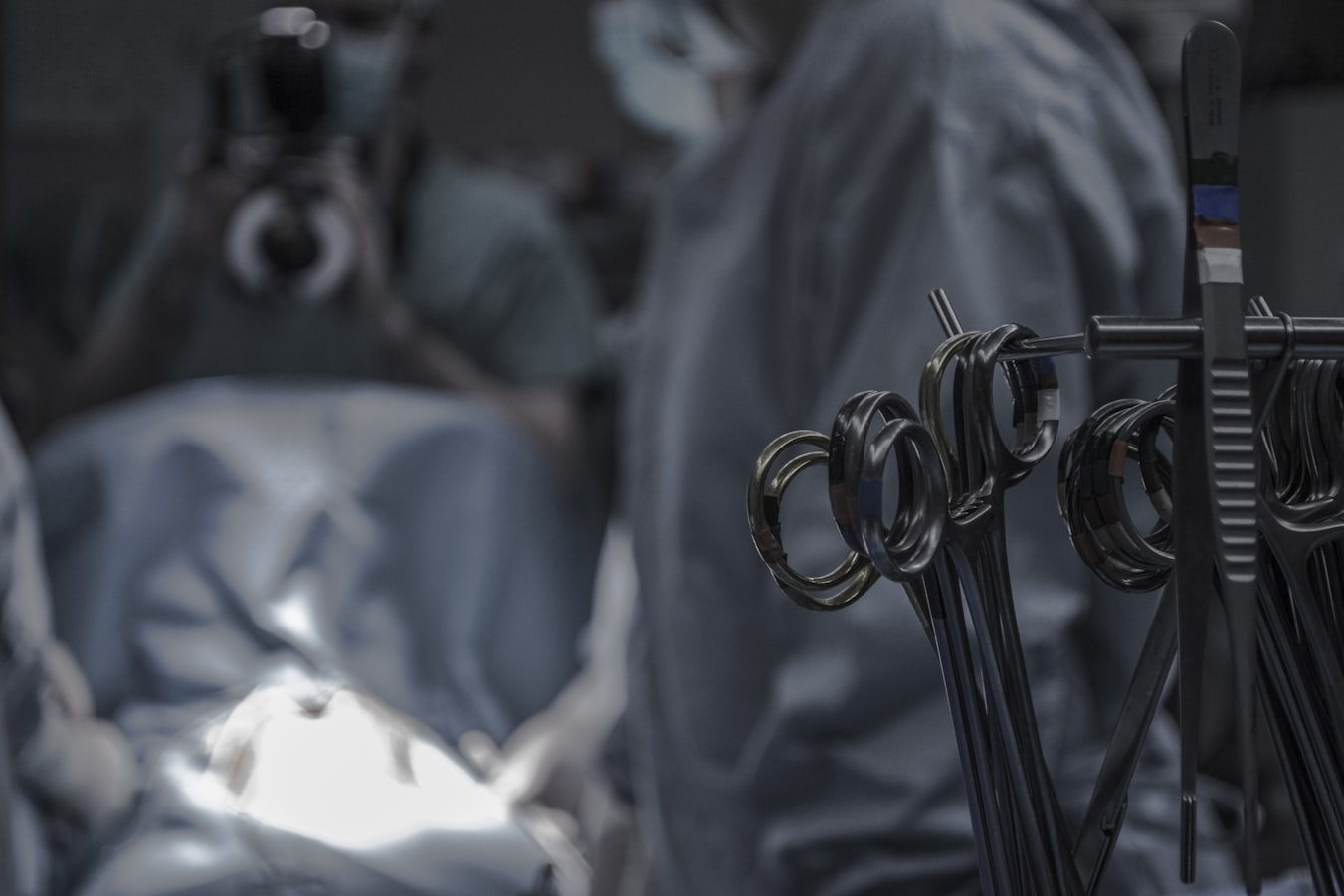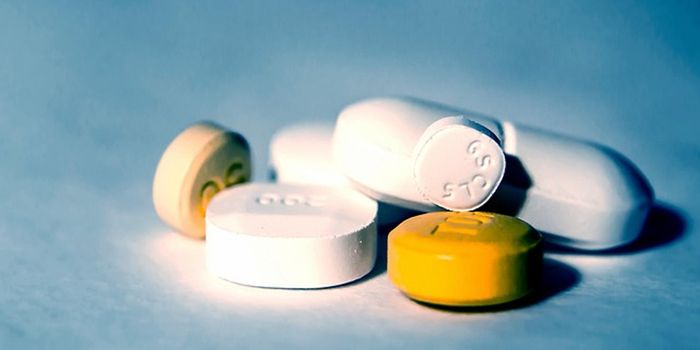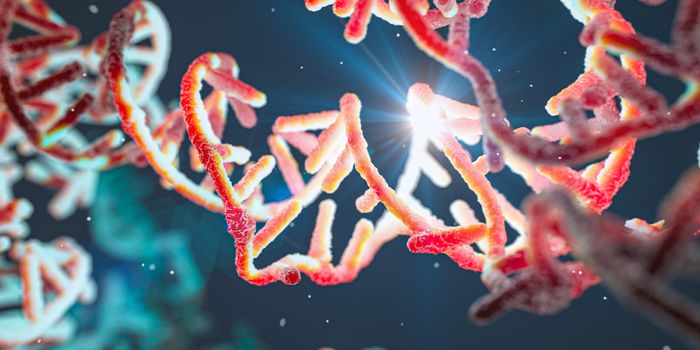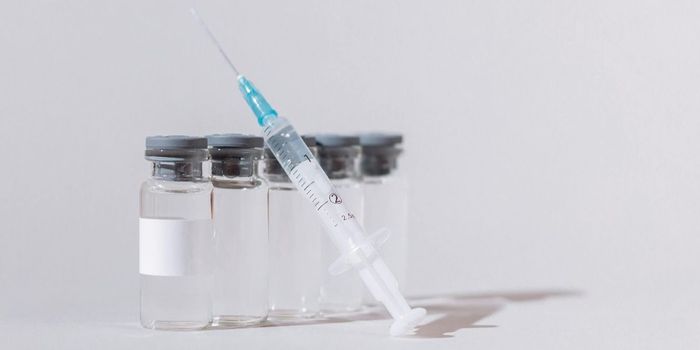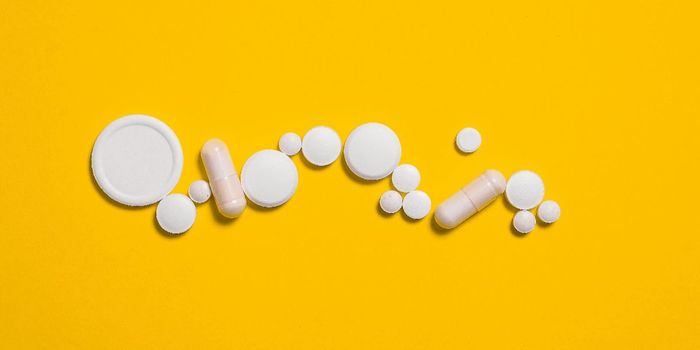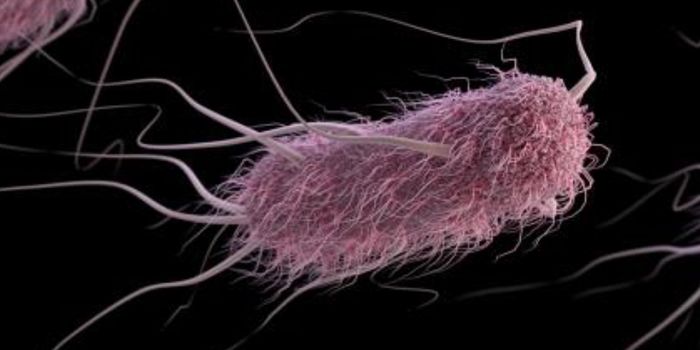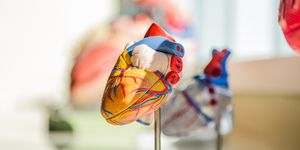Gel Reduces Surgical Scarring
Scientists have found that spraying a gel on the internal tissues of animal post-surgery has significantly reduced scarring—which can often lead to devastating consequences. The gel—known as PNP 1:10—is a polymer-nanoparticle hydrogel and was originally developed for drug delivery but was instead found to be an effect medication for adhesion prevention than most currently marketed.
"The difference between what we saw after using the gel and what we normally see after surgery was drastic," said Joseph Woo, MD, professor and chair of cardiothoracic surgery and the Norman E. Shumway Professor.
Historical materials used to prevent adhesion ranged from animal membranes to sheets of rubber and mineral oil. Presently, adhesion barriers approved by the Food and Drug Administration are ineffective and difficult to implement and thus are rarely used in post-surgical interventions. Regardless, adhesions form 95% of the time after surgery and although some may be harmless, others can lead to intestinal compression and life-threatening blockages according to the surgical location.
The PNP 1:10 gel study on animals was published in Nature Biomedical Engineering and describes how the gel was used after cardiac surgery on mice and was found to have the ideal tension. "It covers all of the irregular surfaces of the heart, adhering to the tissues, but not to itself," Woo said.
“The gel doesn't prevent tissues from moving around," said Eric Appel, PhD, an assistant professor of materials science and engineering. "It simply provides a physical barrier to keep them from sticking to each other."
Learn more about surgical wound healing:
Source: Science Daily
